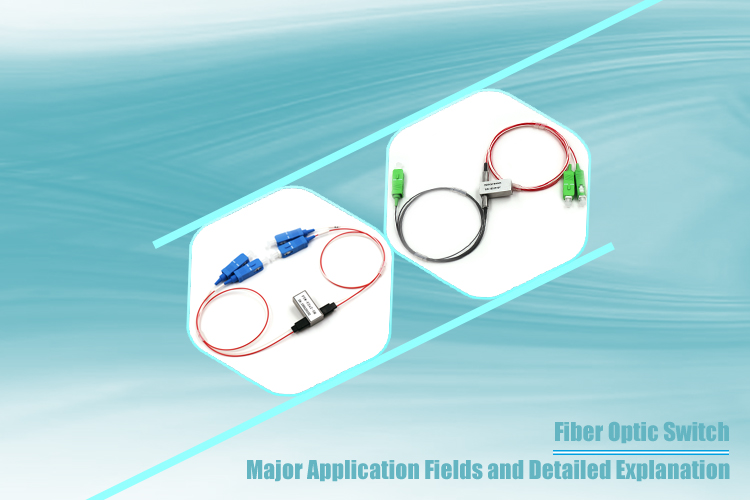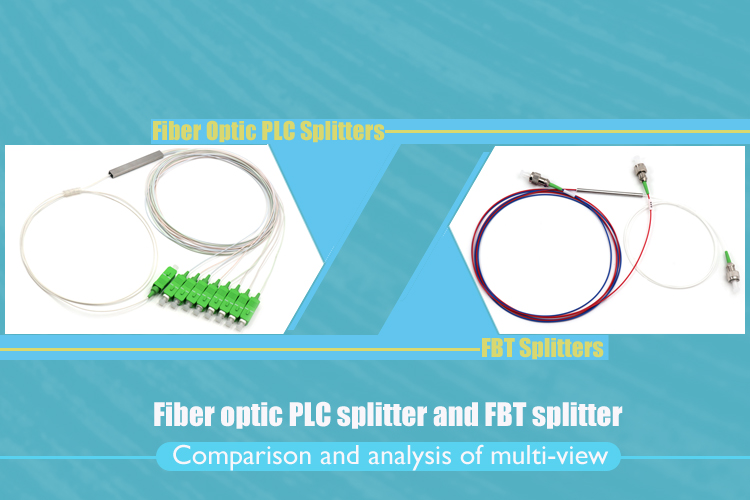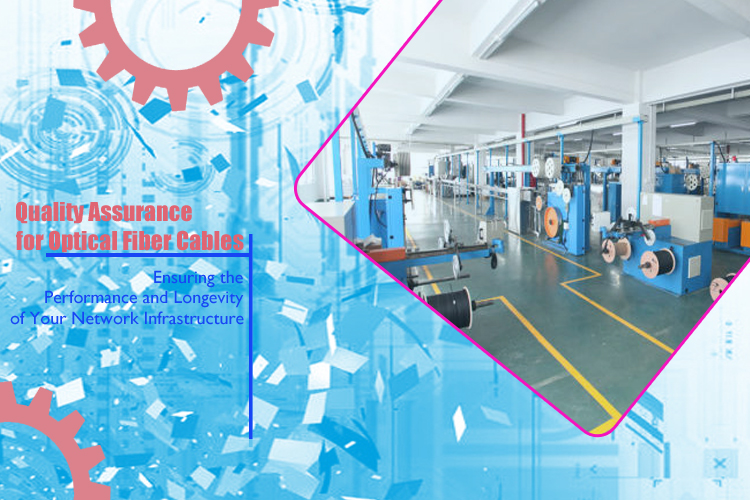In case of the more restrictions from the United States Huawei is gradually shifting the production of chips from TSMC too SMIC
Views : 6243
Update time : 2021-08-12 16:48:21
In case of the more restrictions from the United States Huawei is gradually shifting the production of chips from TSMC too SMIC
On 17 th, April,2020, Its reported that Huawei is gradually shifting the production of internally designed chips from TSMC to SMIC in the face of more restrictions that the United States may offer. Previously, the U.S. government will expand its pressure and adopt stricter rules on Huawei ’s shipments of enterprises, which may reduce the limit of technology derived from the U.S. technology to 10%. In addition, the U.S. is considering revising the “Foreign Direct Product Rules” to require the use of the U.S. Foreign companies in chip manufacturing equipment need to obtain a U.S. license before supplying chips to Huawei to restrict TSMC from manufacturing chips for Huawei
In order to circumvent US restrictions, one of the sources said that Huawei ’s chip division HiSilicon began requiring some engineers to design chips for SMIC instead of TSMC at the end of 2019, and said that Huawei has gradually switched to SMIC. International to speed up the production process. In a statement to Reuters, a Huawei spokesperson called this transformation "industry practice": "Huawei will carefully consider capacity, technology and delivery issues when choosing a semiconductor manufacturing plant." In addition, Huawei also said that South Korean companies , Chinese Taiwanese companies and Chinese mainland companies can be used as alternative sources. Neither TSMC nor SMIC commented on this.
According to the survey, by the end of 2019, Huawei accounted for 13% to 15% of TSMC's sales. In addition, the chip output that can be transferred to SMIC may only account for 1% -3% of chip output. Experts said that only TSMC can produce HiSilicon's latest Kirin processor (only used in Huawei mobile phones), and earlier Kirin processors can be outsourced to SMIC. In addition, other chips produced by HiSilicon, such as those used in IoT devices, power management or set-top boxes, can be handed over to SMIC.
To sum up, Under US extreme pressure, SMIC may benefit a lot from that.It won’t be a wise choice to suppress for the United States. On the one hand, SMIC ’s technology will continue to break through. On the other hand, the percentage of U.S. technology used in TSMC ’s 5nm process will continue to decline rapidly.
China's development is unstoppable, and any obstacles will defenitely become the driving force for the development of the country. Only by stopping repression and actively cooperating with China can we achieve ultimate mutual benefit and common development.
 Major Application Fields and Detailed Explanation of Fiber Optic Switch
Major Application Fields and Detailed Explanation of Fiber Optic Switch
 Exploring Major Application Fields and Developing a Detailed Understanding of Fiber Optic Circulator
Exploring Major Application Fields and Developing a Detailed Understanding of Fiber Optic Circulator
 Comparison and analysis of multi-view between fiber optic PLC splitter and FBT splitter
Comparison and analysis of multi-view between fiber optic PLC splitter and FBT splitter
 Quality Assurance for Optical Fiber Cables: Ensuring the Performance and Longevity of Your Network Infrastructure
Quality Assurance for Optical Fiber Cables: Ensuring the Performance and Longevity of Your Network Infrastructure